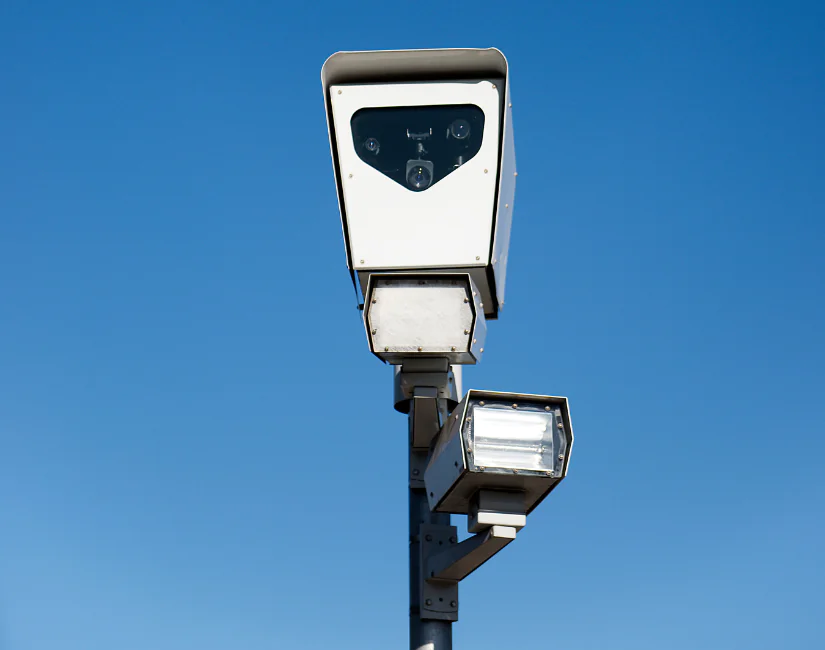According to a new NHTSA campaign announcement, NHTSA data shows that “11,258 people died in speeding-related crashes in 2020, with speeding as a contributing factor in 29 percent of all fatal crashes. Even with fewer cars on the road during the COVID-19 pandemic, a dramatic 17 percent increase in speeding-related deaths occurred in 2020 compared to 2019.”
Getting drivers of all ages to slow down is a top priority for law enforcement. Unfortunately, most police departments don’t have the resources to conduct adequate traffic law enforcement. Many are turning to the use of speed cameras to detect traffic violations when and where officers cannot be present. Read on to learn if the case can be made for widespread use of speed cameras.
How Large of a Problem is Speeding?
The NHTSA ‘Speeding Wrecks Lives’ campaign announcement also includes some very concerning trends concerning speeding:
- Non-interstate roadways saw the most speeding, with 87 percent of all speeding-related traffic fatalities occurring on such roads.
- Speeding contributed to 37 percent of fatal crashes in work zones.
- Speeding was a factor in more fatal crashes on wet roads than on dry roads.
- Drinking and speeding is the deadliest combination. Of the drivers involved in fatal crashes, 37 percent were speeding and had a blood alcohol concentration of .08 or higher.
Usage and Effectiveness of Speed Cameras
Many police departments are turning to automated enforcement with the use of speed cameras as a way to expand their ability to prevent speed-related traffic deaths. Speed cameras can be on duty 24/7 and can be installed in areas that are known for speeding violations, or on stretches of road that prohibit safe traffic stops.
In the U.S., the use of speed cameras has picked up slowly since the early 1990s. Speed cameras were in operation in 174 U.S. communities in 17 states and the District of Columbia in 2021, according to data from the Insurance Institute for Highway Safety (IIHS). Their studies have shown that the proportion of drivers exceeding speed limits by more than 10 mph declined by 70 – 82 percent six to eight months after cameras were introduced.
While the argument can be made for the widespread use of speed cameras, this enforcement tool is not without controversy. Research does indicate community support for automated enforcement cameras, particularly in the communities in which they are currently being used. However, some states prohibit the use of speed cameras due to privacy concerns. Speed cameras can also be viewed by the public as a source of revenue for police departments, rather than a valuable tool for preventing traffic fatalities.
Expanding Capabilities With Speed Enforcement Tools
Speed cameras are not the only form of effective speed enforcement tools that can expand police officers’ capabilities. Handheld RADAR and Handheld LIDAR provide officers with the ability to capture critical data and evidence.
Speed enforcement tools such as RADAR speed displays and RADAR speed trailers can be used to supplement in-person enforcement as a force multiplier. These resources have been studied and demonstrated to reduce speeding. Not only are speed displays effective as a deterrent, they inform or remind drivers of the speed limits in the areas where they are used.
The bottom line is that speed enforcement tools are becoming more widely used, due to the invaluable role they play in keeping drivers and communities safer.
Learn More About Speed Enforcement Tools at Kustom Signals
Kustom Signals is here to assist law enforcement professionals with understanding how speed enforcement tools can be used to increase the effectiveness of traffic safety programs.
Request a quote to learn more about how we can help you enhance your department’s effectiveness with a speed enforcement program.

